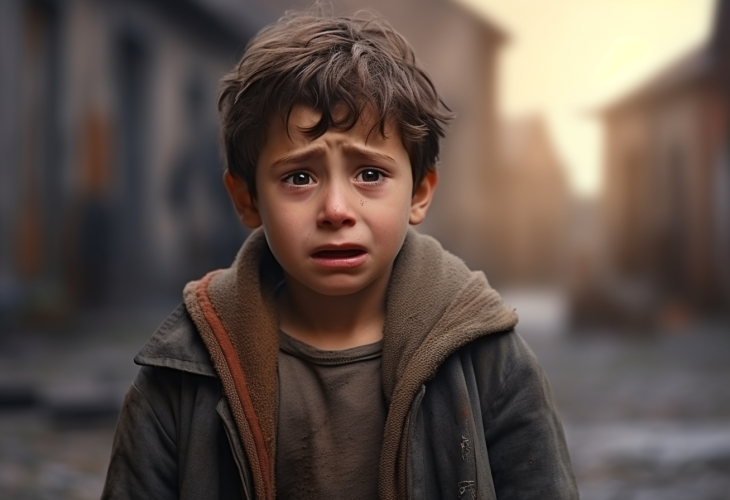Children's Education
How to Help Children Cope with Fear During Times of Conflict
Practical and Emotional Strategies for Parents to Support Children Through Anxiety, Trauma, and Uncertainty

An unstable security situation creates a deep sense of fear in adults and children alike. This fear can show up in many ways including difficulty falling asleep, trouble concentrating in school, and in more serious cases, even physical symptoms such as stomach pain or trembling hands. How can we help children cope with this fear?
1. Acknowledge Their Fear
It’s essential to see fear through the eyes of a child. Children often mix imagination and reality, and from their perspective, the danger feels very real. Instead of brushing off their fear with comments like “there’s nothing to worry about” or “everything will be fine,” which can increase their feeling of helplessness, validate their experience.
Let them know their fear is a natural and understandable response to an abnormal situation. Normalizing the emotion gives it less power and helps the child feel heard and understood.
2. Be Present and Offer Safety
Make time for your child. Listen with patience and empathy to their version of events. Reframe frightening rumors or things they've heard, provide perspective, and most importantly, help them understand they’re not alone in dealing with their fear.
Let them know you’re with them, and that together you can find calming strategies that help. A balanced and grounded response from a parent that shows emotional regulation, faith, calm, and presence, creates a supportive and safe environment that helps children feel anchored and secure.
If the fear continues and starts interfering with the child’s daily functioning over time, it’s recommended to consult with a professional.
3. Teach Practical Coping Strategies
Help children learn ways to manage fear on their own. One helpful method is the “6-Part Coping Model” created by Israeli psychologist Prof. Mooli Lahad, summarized in the Hebrew acronym גש"ר מאח"ד- each part representing a different emotional or physical tool for self-soothing:
Guf (Body): Physical activity and breathing exercises to release tension.
Sechel (Mind): Positive thinking, such as “With G-d’s help, the challenge will end soon, and we’ll return to calm”.
Regesh (Emotion): Encouraging the child to express feelings and use humor.
Mishpacha (Family): Sharing meals or playing games together to create bonding moments.
Emunah (Faith): Reading Psalms, praying, or doing acts of kindness as ways to build inner strength.
Chevra (Social): Playing with friends or neighbors to restore a sense of normalcy.
Dimyon (Imagination): Using creative imagination to come up with comforting or empowering stories and ideas that speak to the child’s inner world.
As people of faith, we can also integrate trust and belief in a higher power as a central tool. Faith, prayer, and a connection to something bigger than ourselves can provide great comfort, not only to children, but to all of us. Together, with emotional tools and spiritual support, we can hope for peace and emotional healing for every home.
Rabbi Yosef Greenbaum is an educational advisor and emotional therapist.

